Research
Interferometry Fringe Tracing using Image Segmentation
See Full Fringe Tracing Project Report
I also worked on the fringe tracing algorithm used by the Laboratory of Plasma Studies at Cornell (LPS) to partially process interferometry data. Interferometry data is created by many experiments at LPS. The data is typically used for resolving plasma densities. LPS produces interferometry patterns through constructive and destructive interference of a laser.
The fringe tracing algorithm tries to determine where the interferometry minimums are through a few different methods. Below are two images, the top image is an example of an inteferometry pattern, which is raw data from LPS, and the bottom image is the fringe trace of the top interferometry pattern. The local minimums of the interferometry pattern, specifically in the horizontal direction, correspond to the lines in the fringe trace.
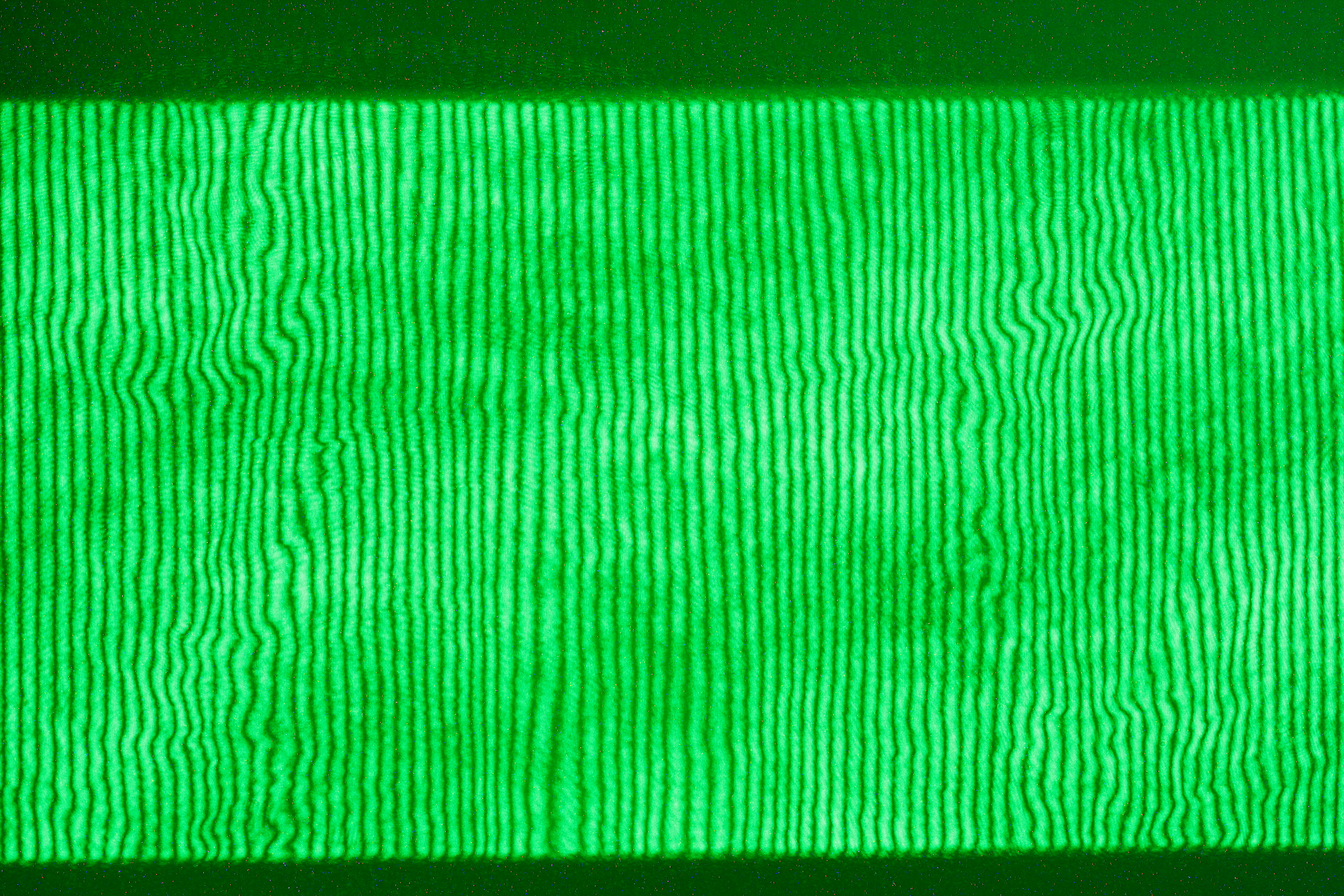
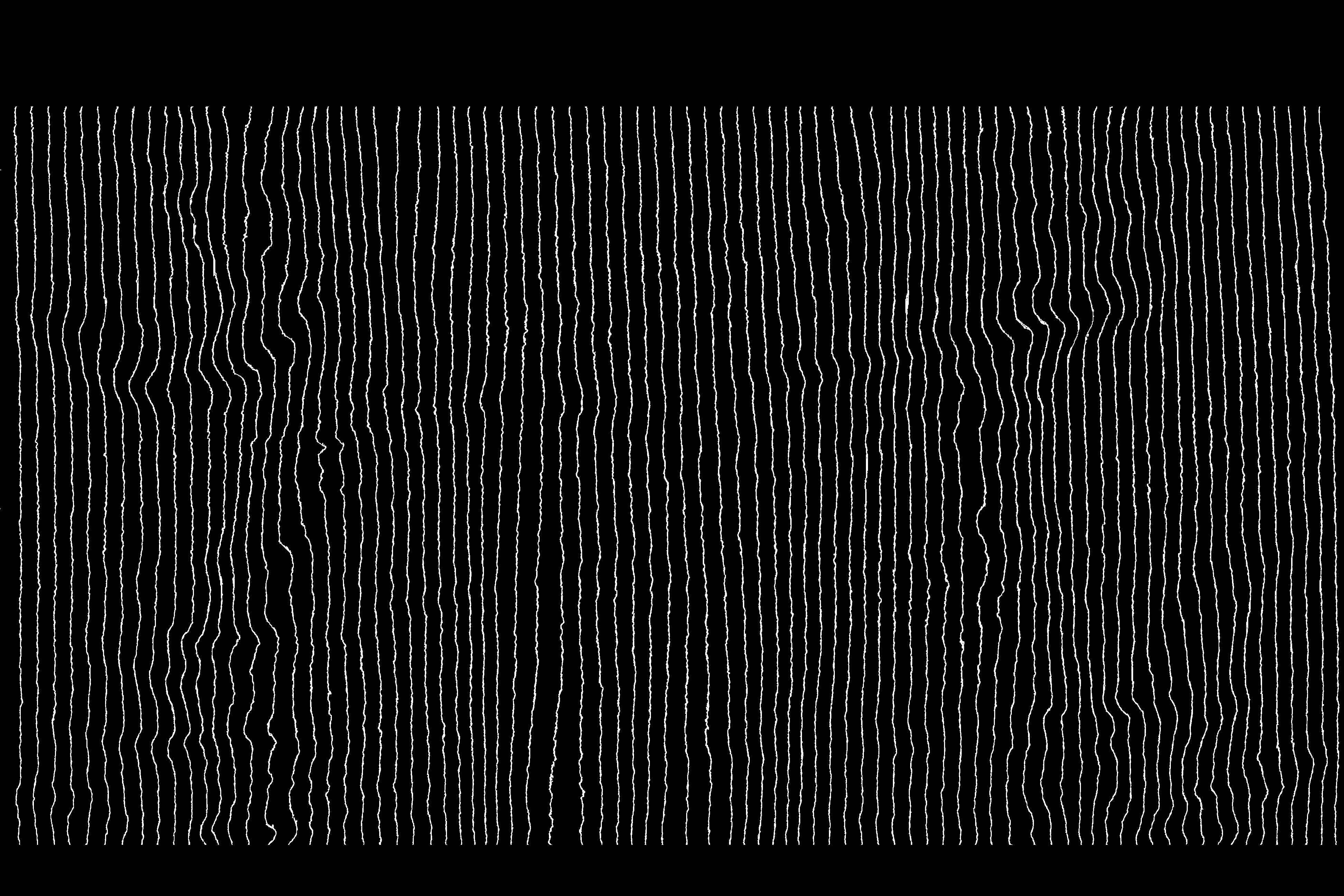
I applied recent advances in the field of image segmentation to the fringe tracing task. Image segmentation is a field in Machine Learning, similar to image classification, but instead of classifying entire images, every pixel in an image is classified. The basis of my network architecture was UNet, which is a fully convolutional neural network (CNN) developed initally for biomedical image segmentation, and currently is one of the most popular image segmentation models.
Results
The ML based fringe tracing algorithm performed decently in testing overall. It performed well on more simple fringe patterns that are already easy to trace. For complicated fringe patterns, it had adequate performance, but did demonstrate the ability to identify complicated fringe patterns and trace them better than previous methods.
Below contains three interferometry images and their corresponding fringe traces from the ML algorithm not previously seen by the algorithm. All three of the below pairs are simple fringe traces.
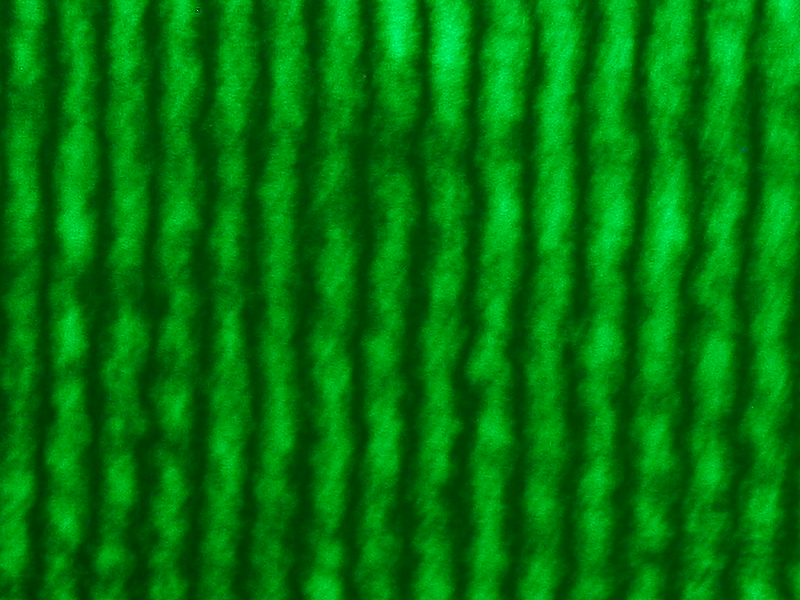
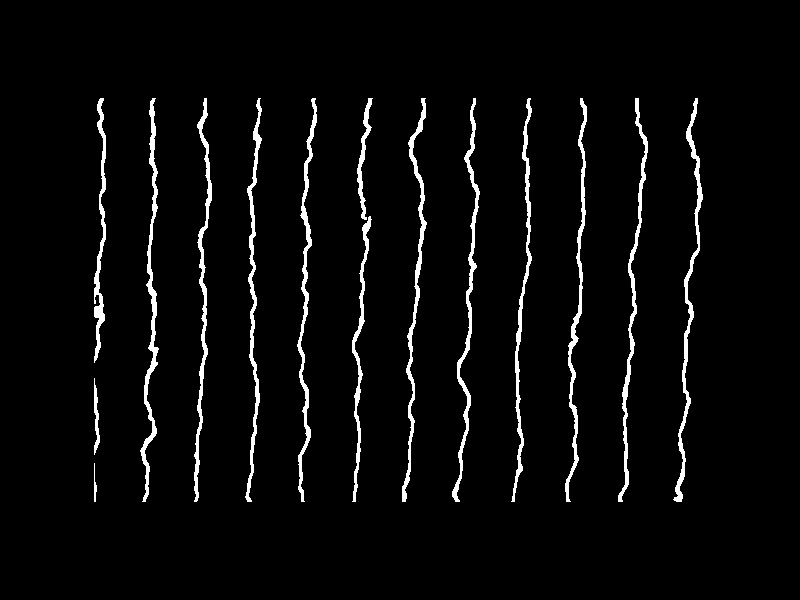
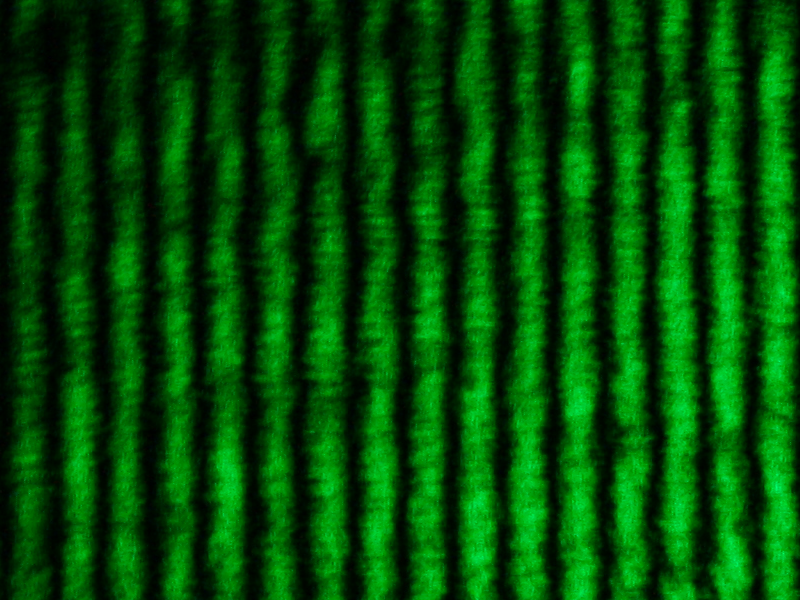
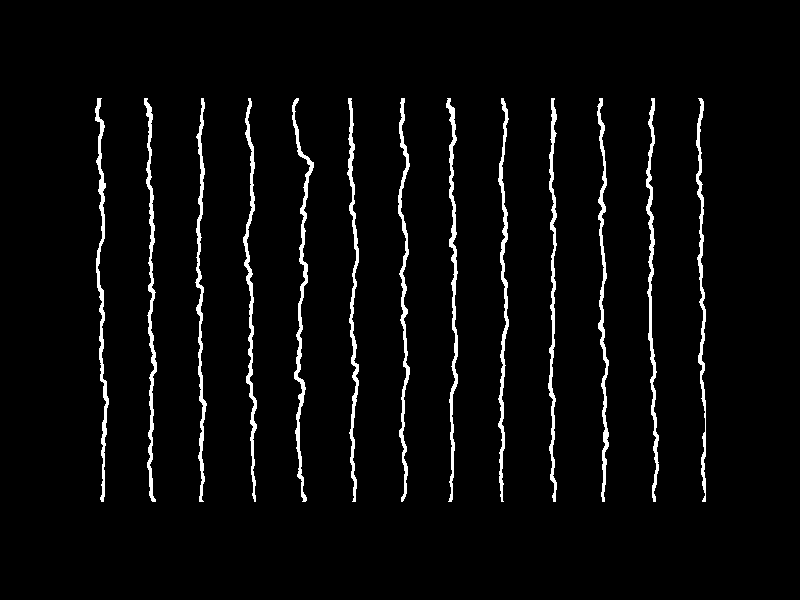
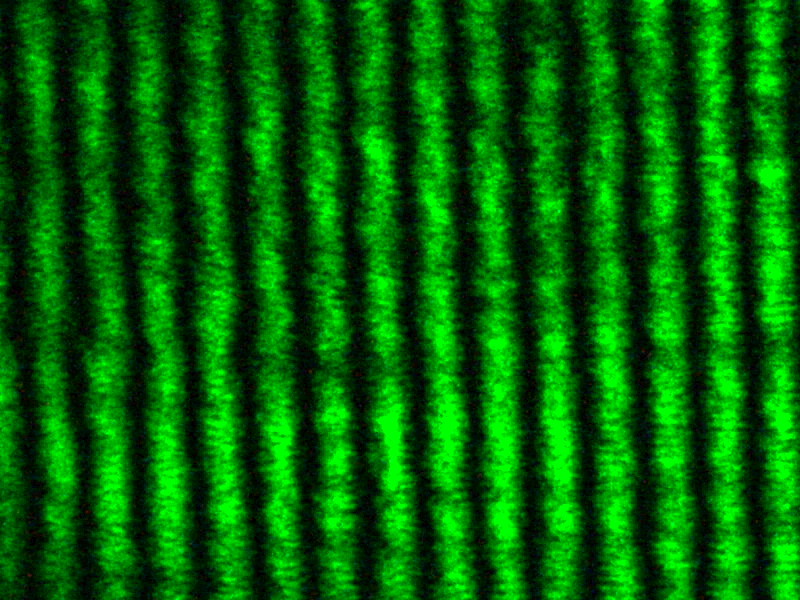
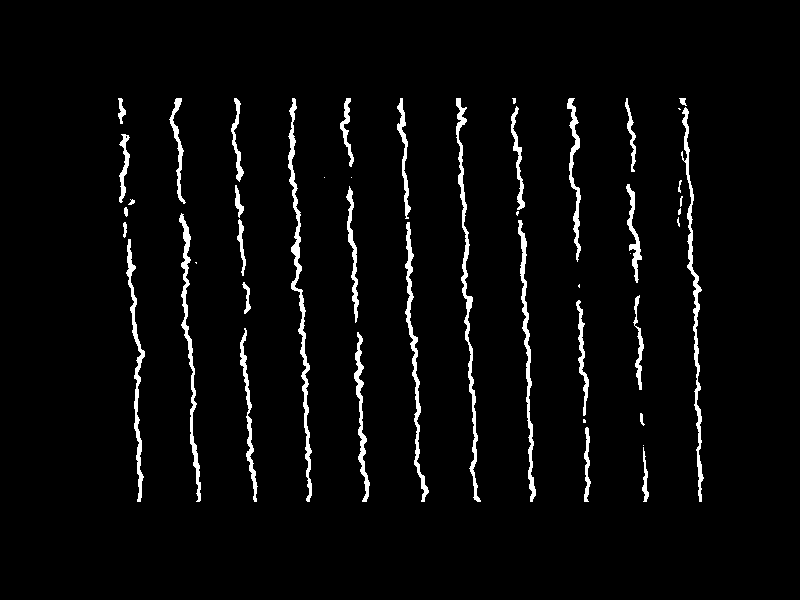
The next three image pairs contain complicated fringe patterns
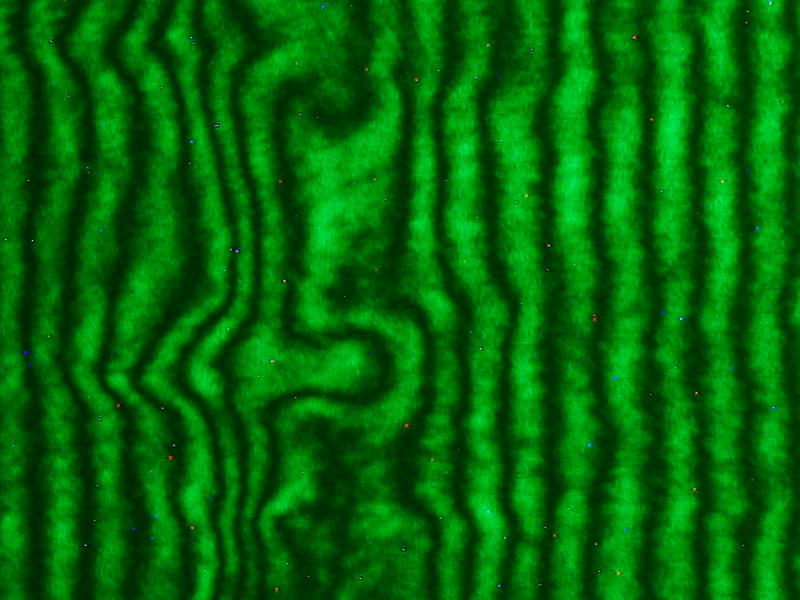
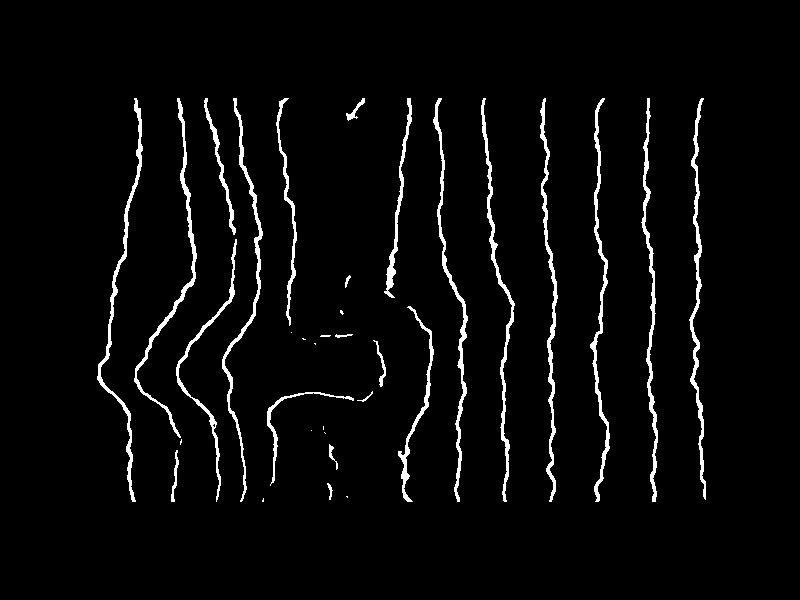
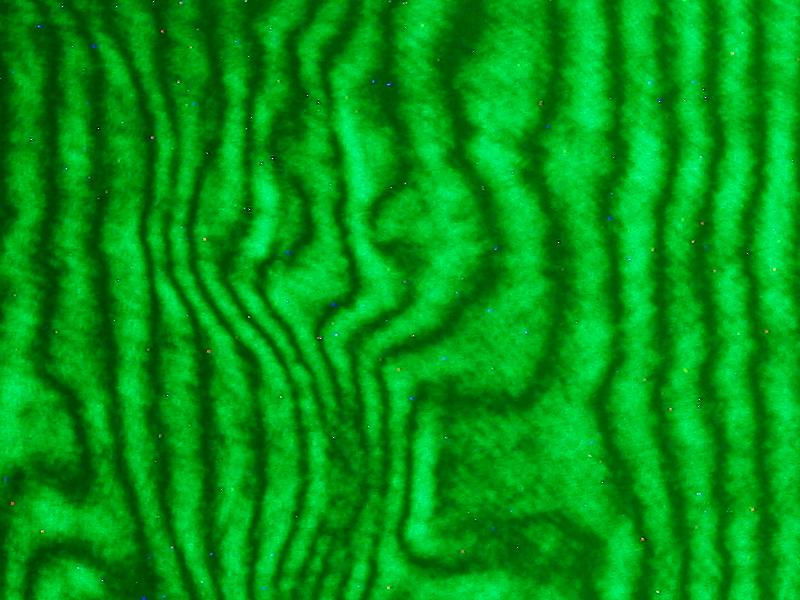
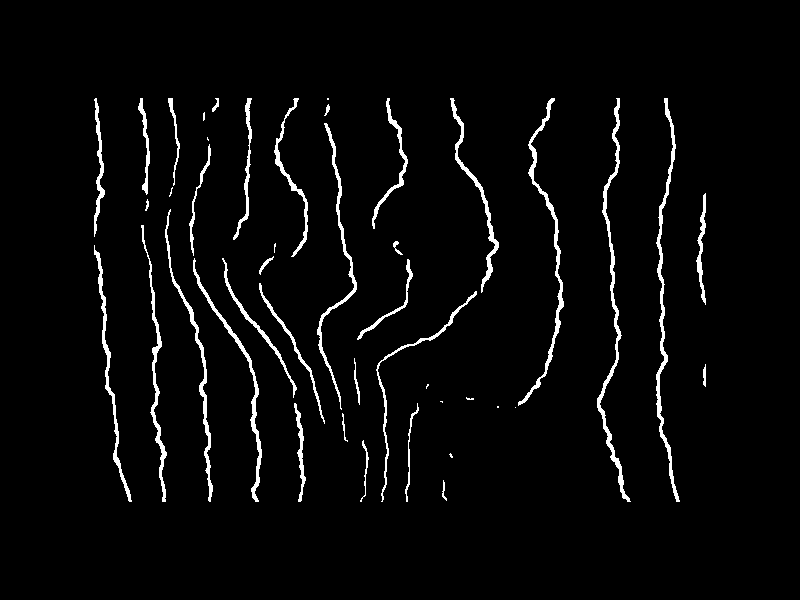
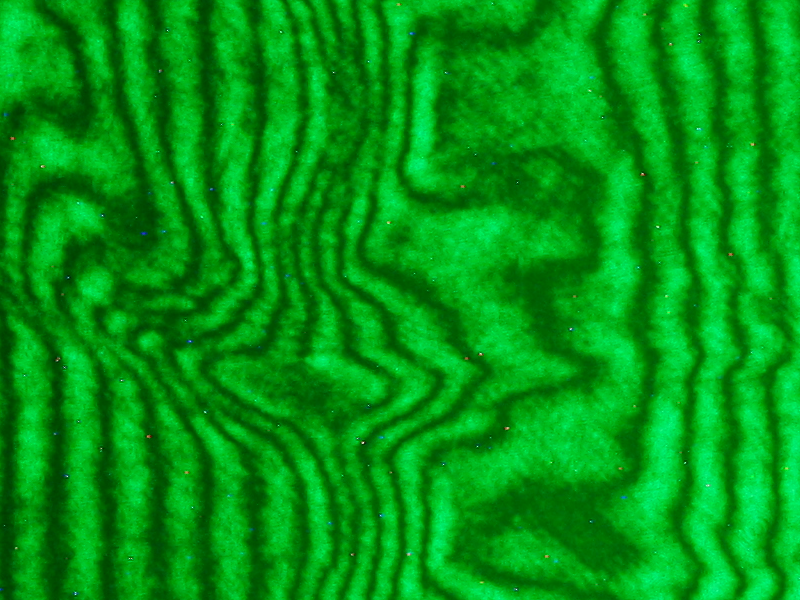
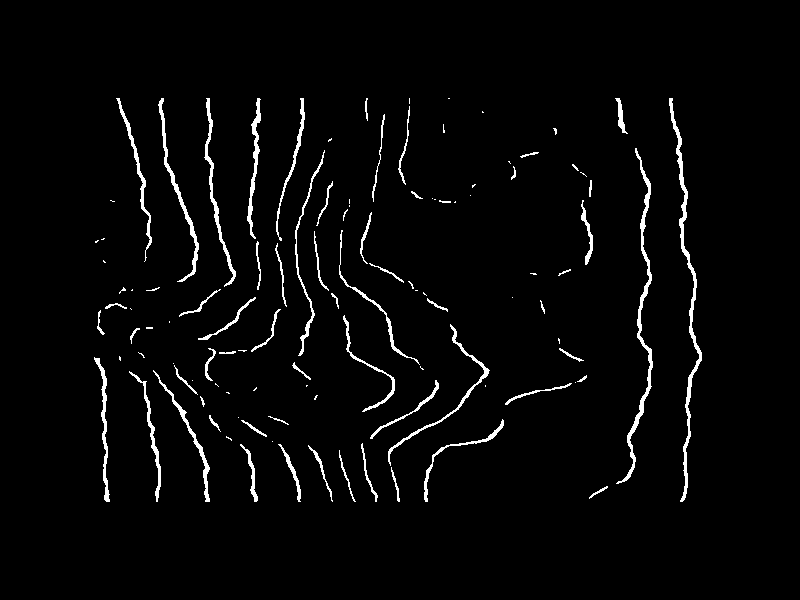
Full Image Pairs.
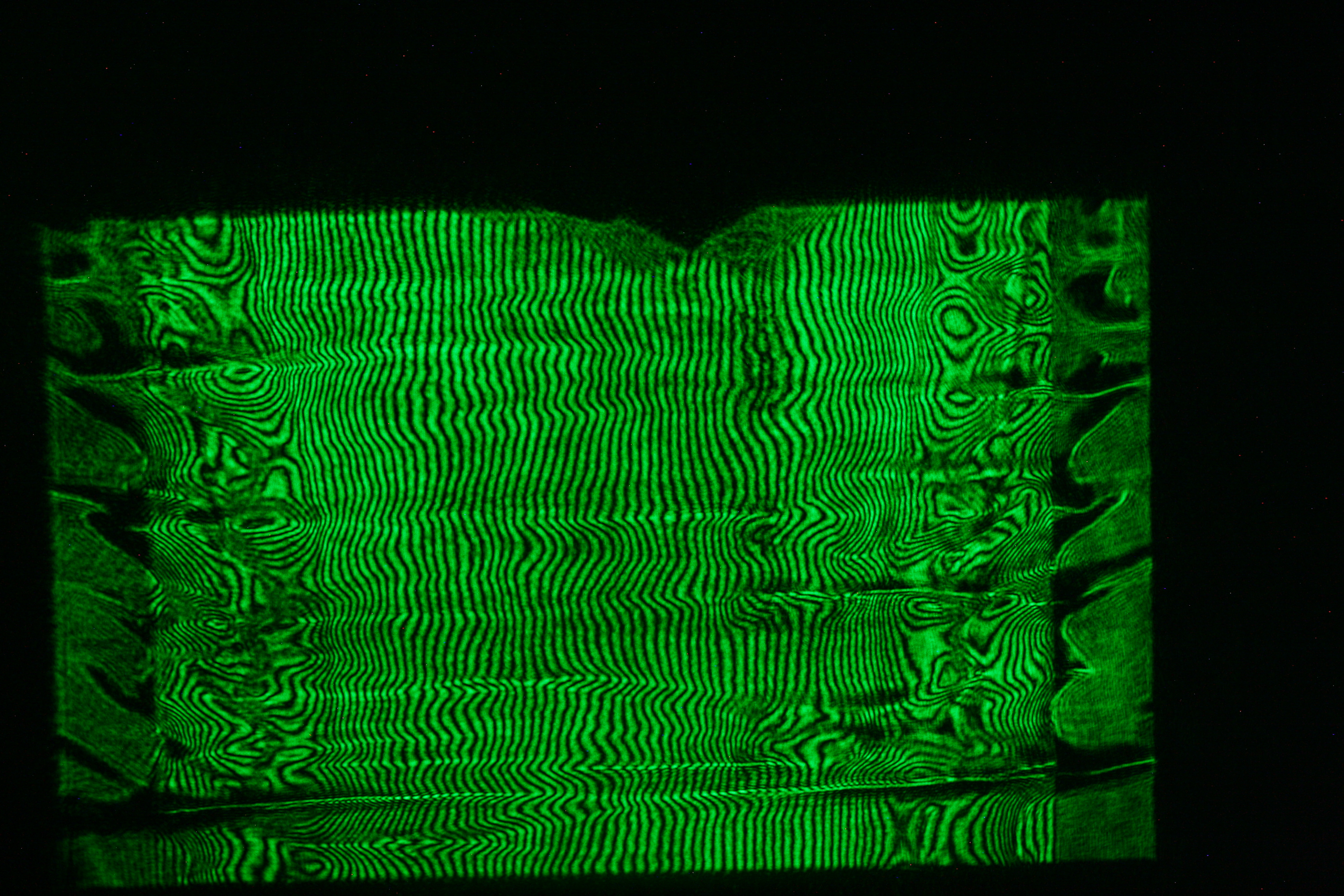
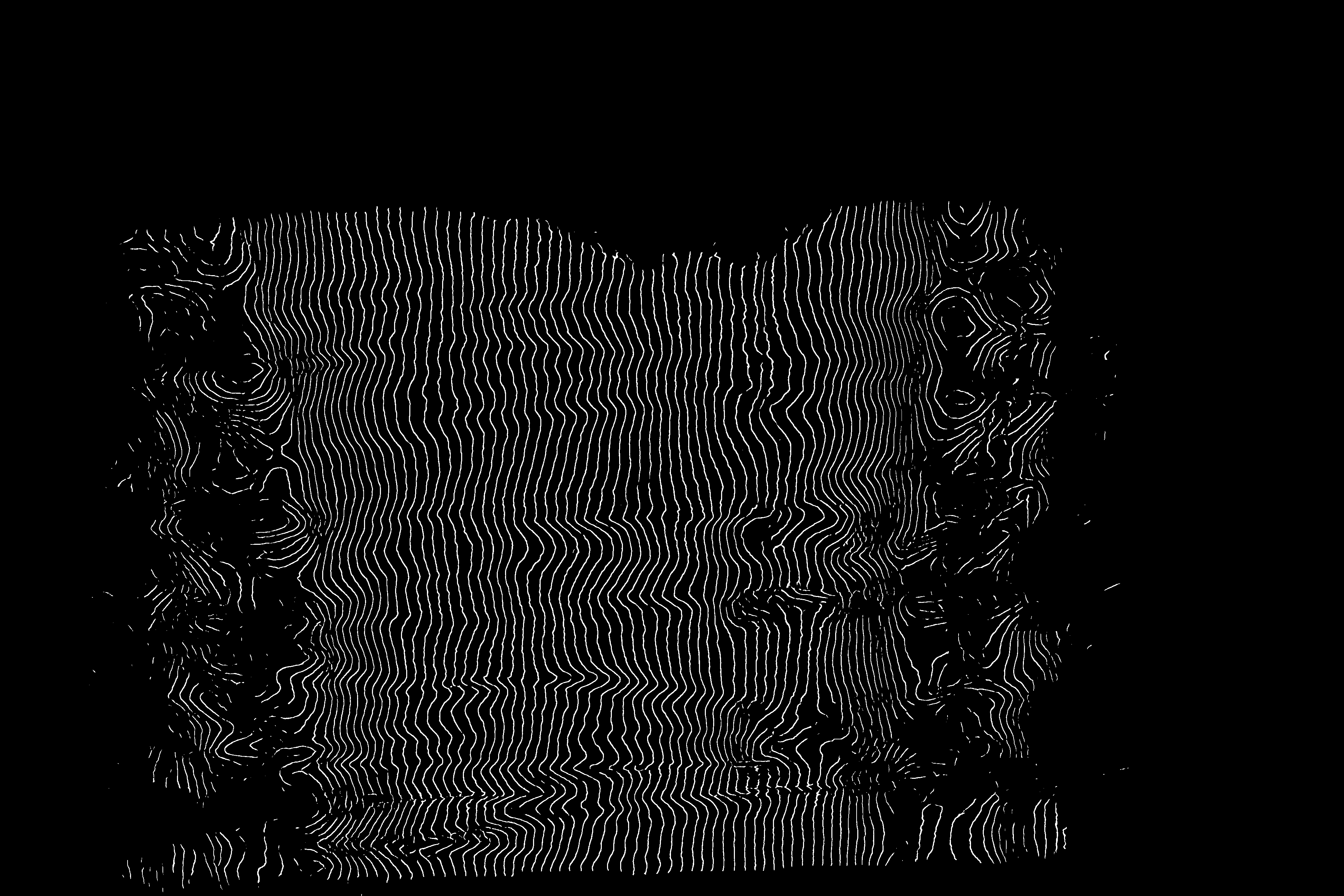
Acknowledgements
While working at LPS, I was mentorer and guided by Dr. Sander Lavine, Professor Bruce Kusse, and many other people who work or worked in the lab. Dr. Sander Lavine is a Research Associate at LPS, and Professor Bruce Kusse is a professor in the School of Applied and Engineering Physics.